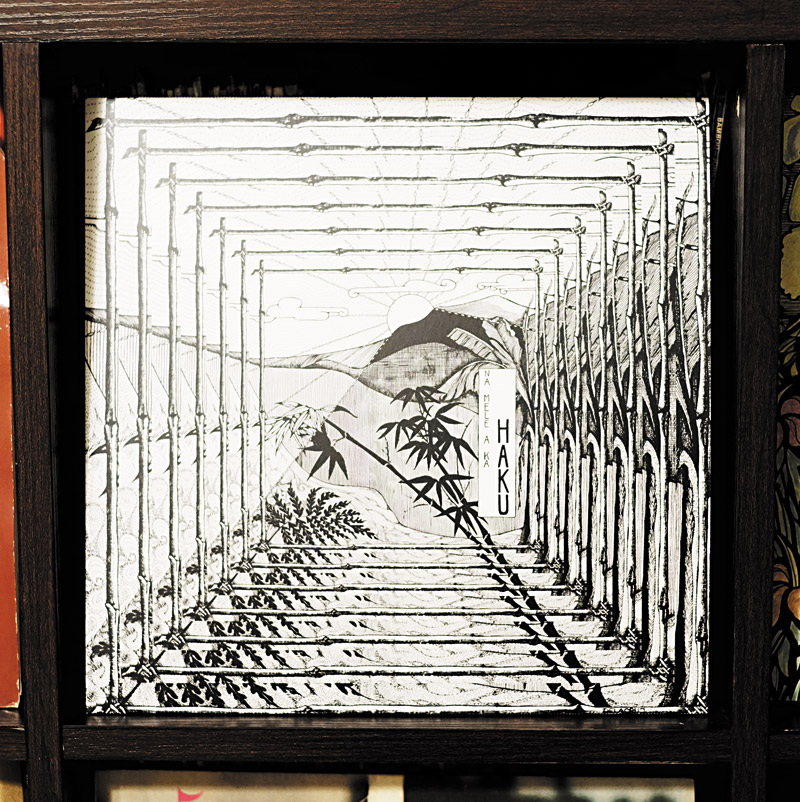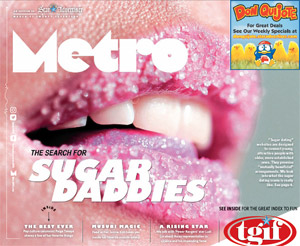1975 Album Gets 2015 Re-Release
Na Mele A Ka Haku sits in a very strange place in the realm of Hawaiian music. It’s an absurdly obscure release from 1975. One listen through and you’ll be left wondering what just happened. I’m not kidding. Its magnificently weird blend of multicultural ideas manifested through storytelling, melody and synthesizers creates something like nothing else Hawaii has ever produced.
Na Mele A Ka Haku is the work of Frank Tavares, aka Haku, a musician, poet and former chairman of the Maui Community College Music and Drama Department. He recorded Haku on Maui with the help of Wayne Carvalho of Honolulu-based Sinergia Recording Studio. It recently got re-issued on CD and LP by Osaka’s EM Records. (Thanks to Brendan at Maui’s Request Music for the tip!)
The most amazing thing about this album is its Hawaiian-ness — and yet it could be argued that the spoken word psychedelics and eerie synthesizers are far from anything we’ve ever considered to be Hawaiian.
The album made its first online appearance in 2009, when Waxidermy.com’s Jeff Hassett uploaded some sound clips accompanied by his review of this oddity: “Haku just keeps coming with one uniquely disorienting idea after another … New Age synth washes with nonsensical fairy tales? Check. Kraftwerk-esque Hawaiian electronica? Yup. Excursions into deep space with ethereal female vocals? It’s here …”
In Frank Tavares’ original 1975 liner notes, also found on the 2015 repress, the artist reflects on the music he created. “Side 1 suggests rural or outer island Hawaii to me,” Tavares muses, “a peep into the down-home, at-home, by-the-family style entertainment provided in the homes of various ethnic groups.” These are the “nonsensical” fairy tales Hassett mentions in his review — stories that in fact merge Filipino, Hawaiian and Japanese folklore to become something of an opus that reflects who we are and what Hawaii is today — well, at least what it was in the mid-1970s.
“Side 2,” Tavares continues, “in contrast represents a studied aspect of our lives in Hawaii. It is more of the city …” The city — much more relatable for us Honoluluans than the rural landscape Haku harkens on the first side, and yet Honolulu’s seen so many (often controversial) changes lately that it may be hard to agree with Tavares’ next line: “It does however radiate a Hawaii today stronger than ever before.”
Sitting here today, listening intently to Haku in its entirety (which really has weirded me out after the third uninterrupted spin), I wonder what a man like Frank Tavares would feel like living in Honolulu today. What kind of music the countless skyward-crawling condos would conjure in his soul? What kinds of instruments and samplers would he experiment with to express his feelings toward the city’s changing landscape?
Tavares admits that the album’s final song, Mamina (Regretful), is his most personal. “I’ve included it here because it is an important song,” he writes. Drawing from Hawaiian chant and melody as well as Japanese and paniolo-style musical influences, Mamina makes its strongest statement with its lyrics (sung in Hawaiian and translated by Tavares to English): “Where once sun-filled streams glistened in her eyes and flowers breathed like wind songs in her hair, now stands pillars of concrete … Most beautiful of all, Hawaii, you are dying. Tomorrow, your children will be forgotten.”
Solemn, poetic, impactful. In the words of Tavares, the album’s final moments are “a powerful judgement, which helps remind us that the ultimate destiny and purpose of Hawaii rests in our hands.”
You can find more about Na Mele A Ka Haku at emrecords.net.
ROGER BONG RECENTLY TURNED HIS BLOG INTO A RECORD LABEL: ALOHAGOTSOUL.COM


